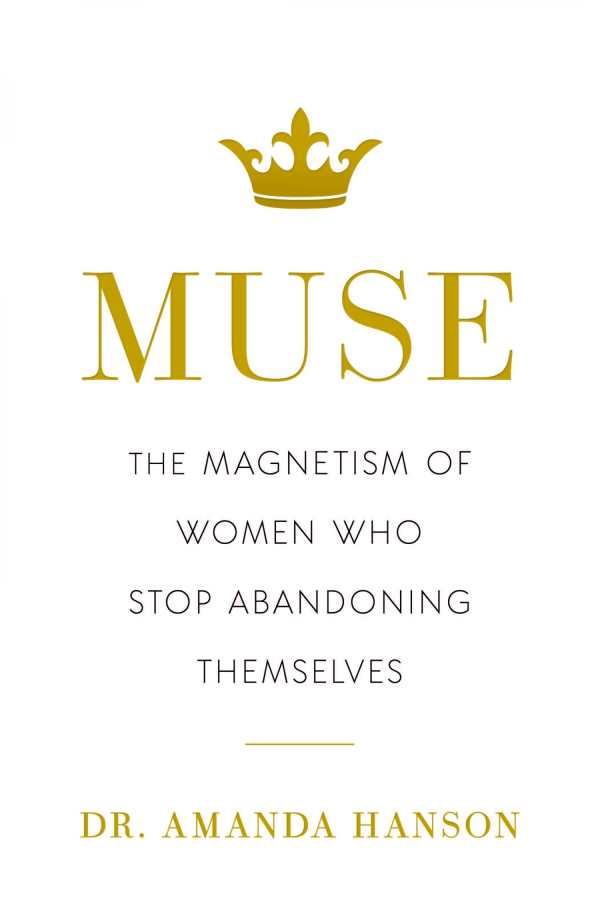Muse
The Magnetism of Women Who Stop Abandoning Themselves
Empathetic in naming and combating ingrained belief systems, Muse is a supportive self-help guide for women.
Clinical psychologist Amanda Hanson’s uplifting self-help book Muse helps women redefine themselves in a patriarchal society.
Women, the book argues, need to reorient their thinking about beauty, a value first ingrained in girls between the ages of nine and twelve. It proposes a different, natural approach to the aging process. Its three parts show why women have limited self-love, identify social systems that hinder self-love, and name ways to rewrite long-term mindsets. It includes practical exercises and expansive questions on topics including body parts and menopause, in the form of a workshop for addressing areas that hold women back.
The book first details the prevalence of negativity surrounding women in midlife and the impetus for women to remain youthful looking, highlighting social notions of beauty and medical practices that are informed by men, who also direct 91 percent of movies. Even as the text details the pervasiveness of this messaging, it names ways women can create change, whether through developing sisterhoods or limiting their exposure to people and social media that do not align with their core values. Next, it covers systems that cultivate toxic beauty cultures, evinced by double standards on aging and body image. As an example, it highlights a story about girls’ views changing in puberty, illuminated in a 2014 commercial for menstrual products.
The book addresses sensitive topics with care. In recommending that women end their use of antidepressants to manage emotions, for example, it pauses to acknowledge the anger that may surface as a result, given the widespread use of the drugs. Indeed, it is empathetic in naming the complications of unlearning ingrained belief systems throughout.
The book approaches diverse concepts with lucidity, including honoring the natural birthing process, celebrating aging, and media raising awareness of the harms of the patriarchy. Examples are used to complement the book’s points, as with a woman who sought to overcome the shame she felt as a ten-year-old whose parents admonished her for her weight, and with another woman who felt her age limited her career aspirations. References to scientific and medical studies help to illuminate the topics further.
In its final section, the book guides women to rewrite their stories. While the section reiterates earlier themes of beauty, aging, and self-acceptance, it also expands on the topics with relevant guided exercises and questions for journaling practices, such as digging deeper into triggers that cause discomfort, as “discomfort can be a driver toward change.” Hanson’s work to overcome patriarchal influence rounds out the book, reflecting the direct application of her advice to reach a state of self-love.
Persuasive and constructive in scope, Muse is an encouraging women’s self-help guide to create a radical change in thinking and trusting one’s inner wisdom.
Reviewed by
Katy Keffer
Disclosure: This article is not an endorsement, but a review. The publisher of this book provided free copies of the book and paid a small fee to have their book reviewed by a professional reviewer. Foreword Reviews and Clarion Reviews make no guarantee that the publisher will receive a positive review. Foreword Magazine, Inc. is disclosing this in accordance with the Federal Trade Commission’s 16 CFR, Part 255.

